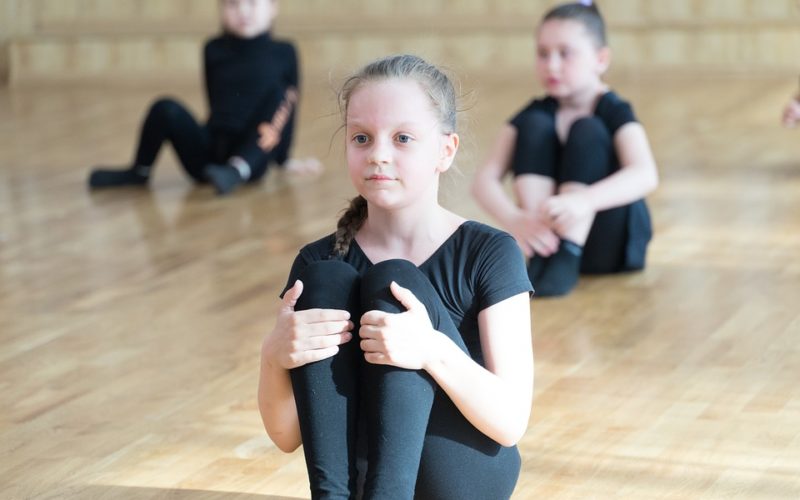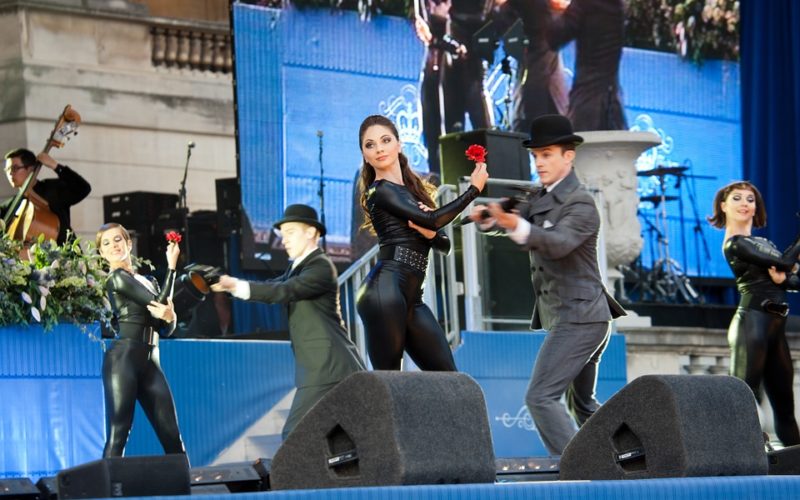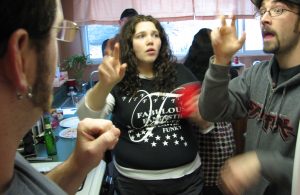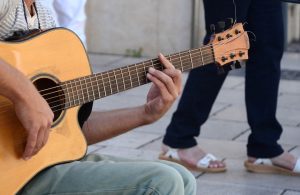When any dance number is to be performed, there are numerous rehearsals. The reason for this is because each part of the dancer's body must move to the music. The head, arms and torso are just as important as the foot movement. If the dancer does not get every part of their body in the correct position with the music, the entire performance is a failure. It takes many rehearsals to get everything correct.
Head movement is very important for dancers, and it is part of what they study when learning their art. Whimsical numbers often require dancers to move their head from side to side, and they must stay in time with the music. Other dance numbers require fast spins, and the dancer must be able to whip their head around without becoming dizzy. This requires practice from the first days of dance lessons, and is a valuable asset for a dancer.
Arm movements in many dance genres are very significant, and the dancer must be able to extend their arms properly to match the mood of the music. Each dance tells the story of the music that is being played, and arm movement, including hands, is important. If the music is uplifting and the dancer's hands are sagging, it will ruin the overall mood they are portraying.
The torso is the core of the body, and it must be properly positioned at all times. This is where a dancer's balance comes from, and it determines whether or not they will be able to change position gracefully and on time. An unbalanced dancer may trip or fall during a performance, and they are unlikely to be hired again if this occurs. Proper balance avoids these issues, and it helps the dancer maintain their graceful performance throughout the dance.














